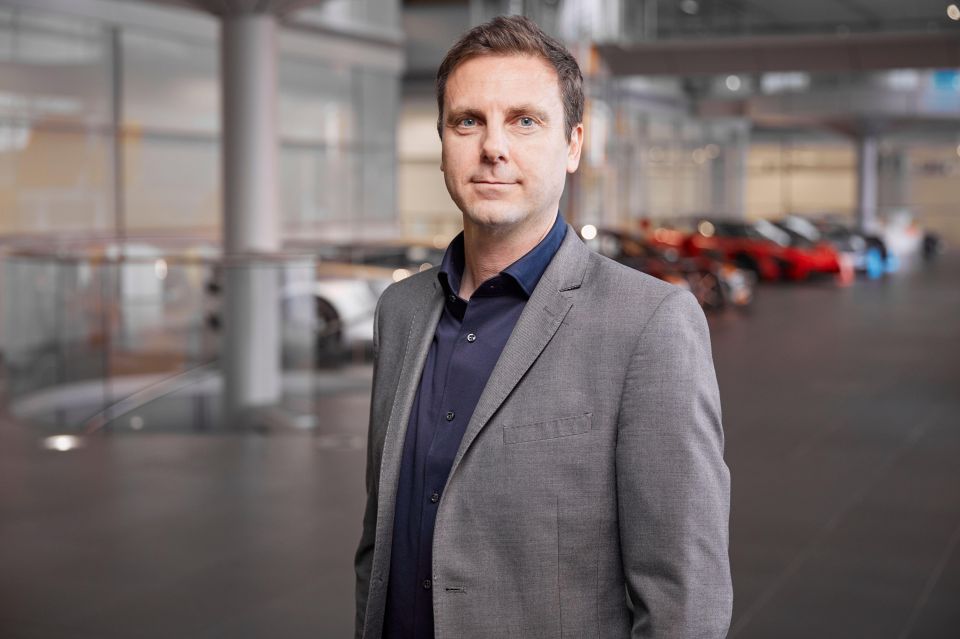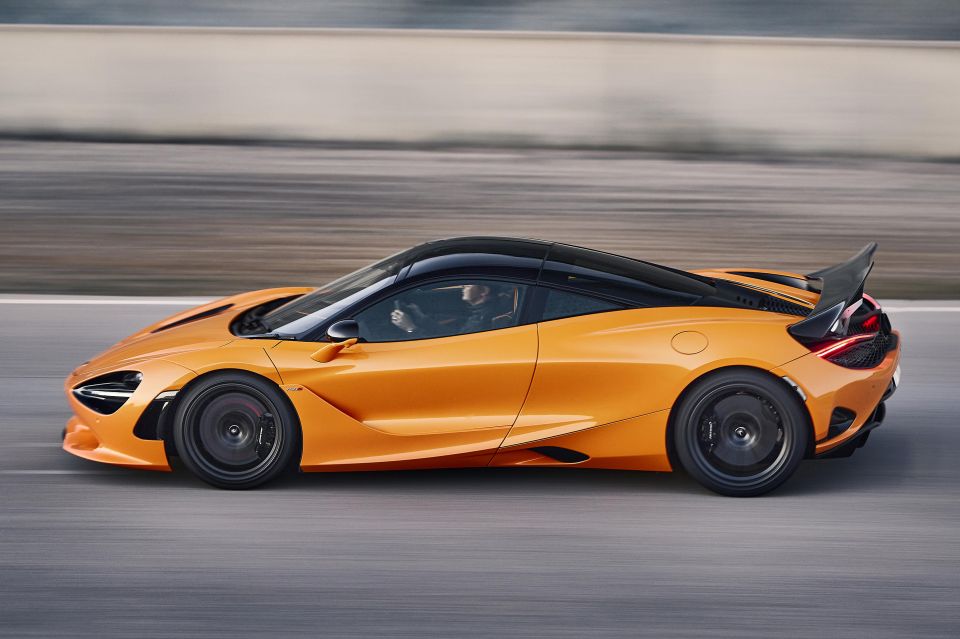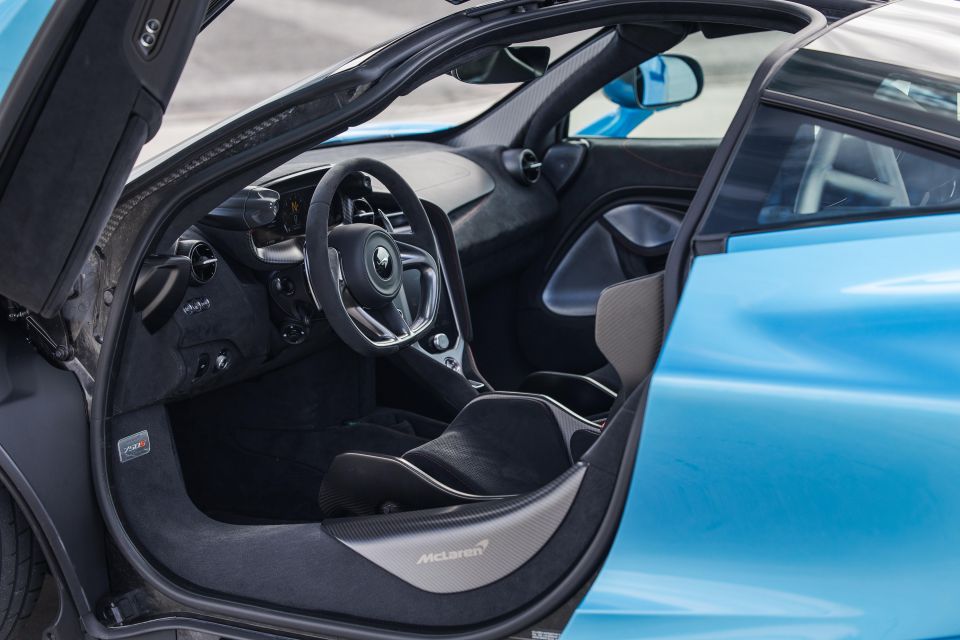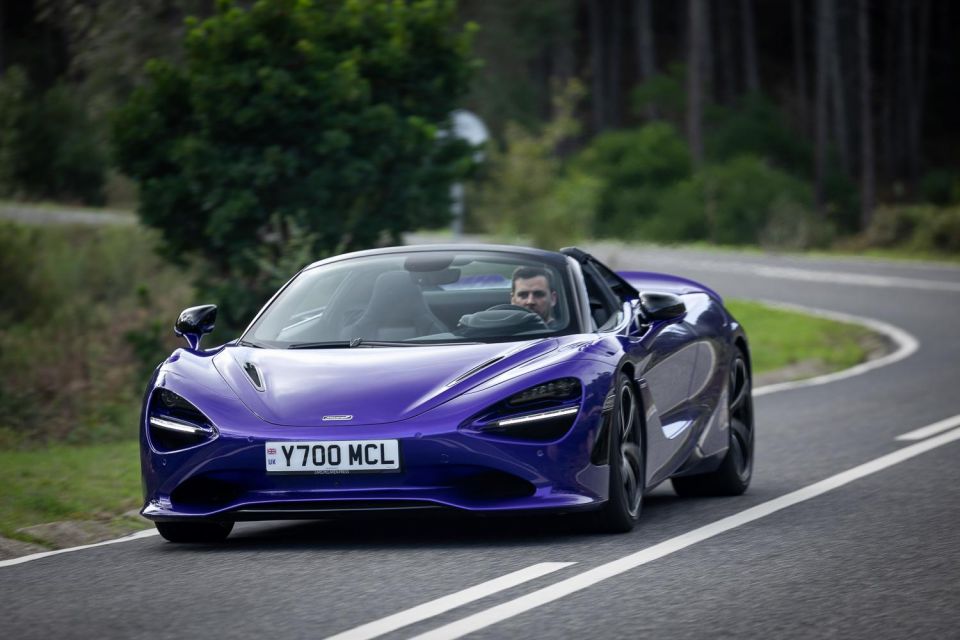

Ben Zachariah
Video: Off-road battle for Beer O’Clock Hill has automakers scrambling
8 Hours Ago

Senior Road Tester
“The way it obliterates race circuits and then rides over age-old cobblestones shouldn’t be possible. But that’s what this McLaren does,” we said in our review of the McLaren 750S.
McLaren’s new 750S super sports car isn’t just one of the quickest track-capable supercars on the planet, it’s also arguably the new benchmark in terms of finding the right balance between ballistic performance (on and off the track) and everyday drivability and comfort.

The chief technical officer at McLaren on the 750S is Australian-born Charles Sanderson. We asked him how he and his team was able to pull off such a significant engineering feat.
Charles Sanderson: We took the 720S and we wanted to lose none of the comfort and track breadth that we had delivered on the car which we considered a benchmark in terms of breadth.

The 296 GTB (and Spider) is both our Ferrari competitor and a benchmark but there are no other rivals in this price range, so the 750S is on its own in this regard.
Performance-wise and in the power-to-weight stakes we are the segment leader, but it’s more about the breadth of performance which is what the 750S is trying to do.
It’s what we did with our original 12C, which we just refined over the years in this category of supercar.
CS: It’s hard to say if the 750S has a wider breadth of capability than the 720S – probably yes, but that breadth has been shifted up a bit.
We took the comfort and gave it a little more engagement on the road without losing what you would perceive as comfort.

You feel a little more connected to the road – it feels slightly more urgent, but again, without losing our trademark ride compliance. So while you get those harsher inputs, secondary ride is still really good.
But Comfort mode from the 720S has been dialled up on the 750S. So what we did with the 765LT is we stiffened everything up – meaning a lot of the road vibrations come through – the engine vibrations come through the cabin and it’s a much harsher environment than the 720S.
If you want to go for a long road drive in the 720, it’s super comfortable. But what we did here is take the 720 and uplifted it toward the 765LT in a lot of those ways, just not at the same level, though, because we still wanted it to be a long-distance cruiser at the same time.
CS: There are a lot of customers that love the breadth of performance. So they really love to be able to just cruise in it and not feel like they’re being beaten up by the road.

What we had were customers from other brands that we at McLaren wanted to shift across who were really interested in a more exciting car from the moment you get in it. And that’s what we do with our LT models so we know what it takes to get that excitement in the car.
We added a little bit of that into the 750, so that you really know you’re getting into something… super.
CS: I agree with you by the way, and it’s one of the things we changed with the 750S, knowing that we are missing some of that crescendo and a sweeter engine note.

The cat-back exhaust has been tuned entirely around that concept of providing a scintillating exhaust note.
Obviously in the Spider it’s even better with the back window down you get it all and it’s really wonderful. It’s what we call the… eighth order.
CS: A few key changes there. Number one, we actually changed the bump steer set-up geometry slightly so you get a much more linear turn through the entire corner without any kickback.
On top of that we changed the spring rates by lifting those rates up towards the 765LT, but not far enough as to make it feel harsh but a little more connection with the road as well as a little more body control.

Rather than variable spring rates which the 720S had, we have a single non-variable spring rate for 750, but we’ve also changed the spring seat – small variations that just make it more balanced.
We’ve got three per cent softer springs up front and four per cent stiffer springs on the rear, which is more about the balance in heave and getting the car to feel more connected.
Ultimately, what we were trying to find is more around the balance. It’s a slightly stiffer feel overall with 750 but that’s not just the changes in springs, it’s also what we did with the kinetic system.
We specifically tuned these new accumulators that have a really nice linear response and we also tuned the pressure specifically for this car to give the driver more steering feel than the 720S.
MORE: 2024 McLaren 750S review
Where expert car reviews meet expert car buying – CarExpert gives you trusted advice, personalised service and real savings on your next new car.
Anthony Crawford is a CarExpert co-founder and senior presenter with 20+years in automotive journalism and content creation.


Ben Zachariah
8 Hours Ago


CarExpert.com.au
16 Hours Ago


Damion Smy
1 Day Ago


Damion Smy
1 Day Ago


Damion Smy
2 Days Ago


Damion Smy
2 Days Ago